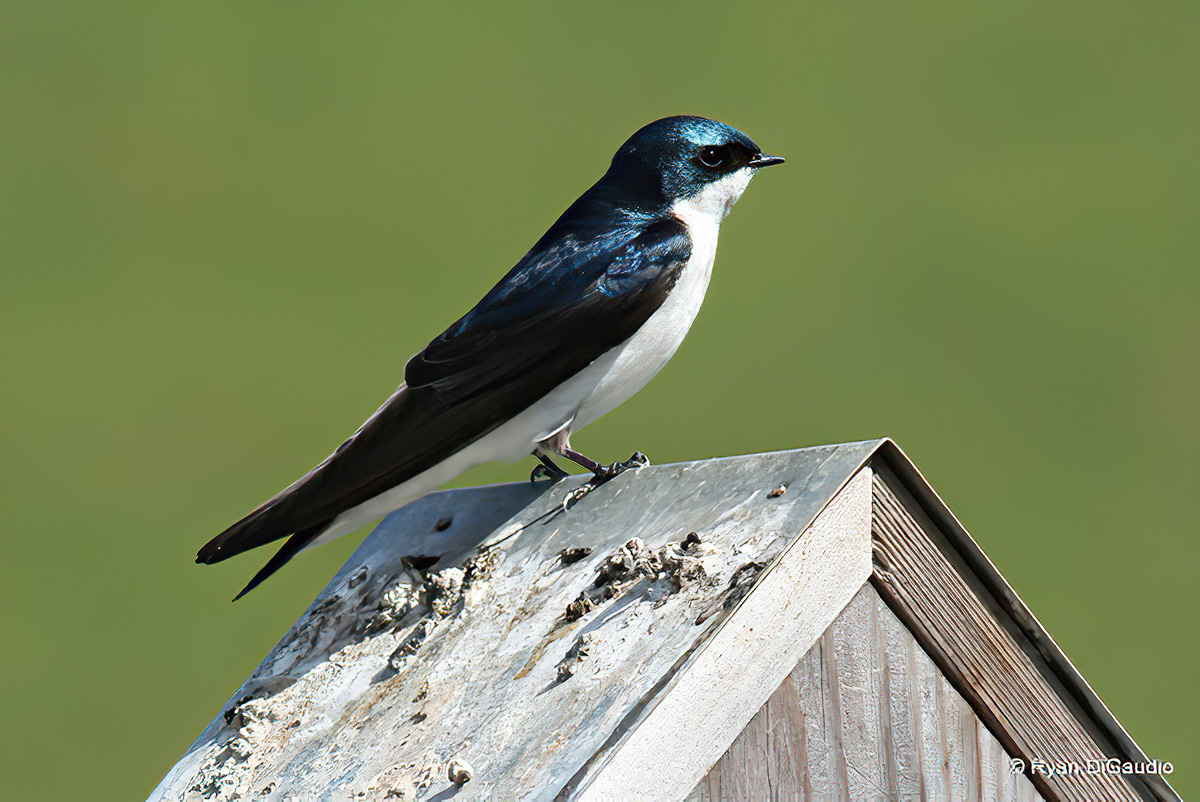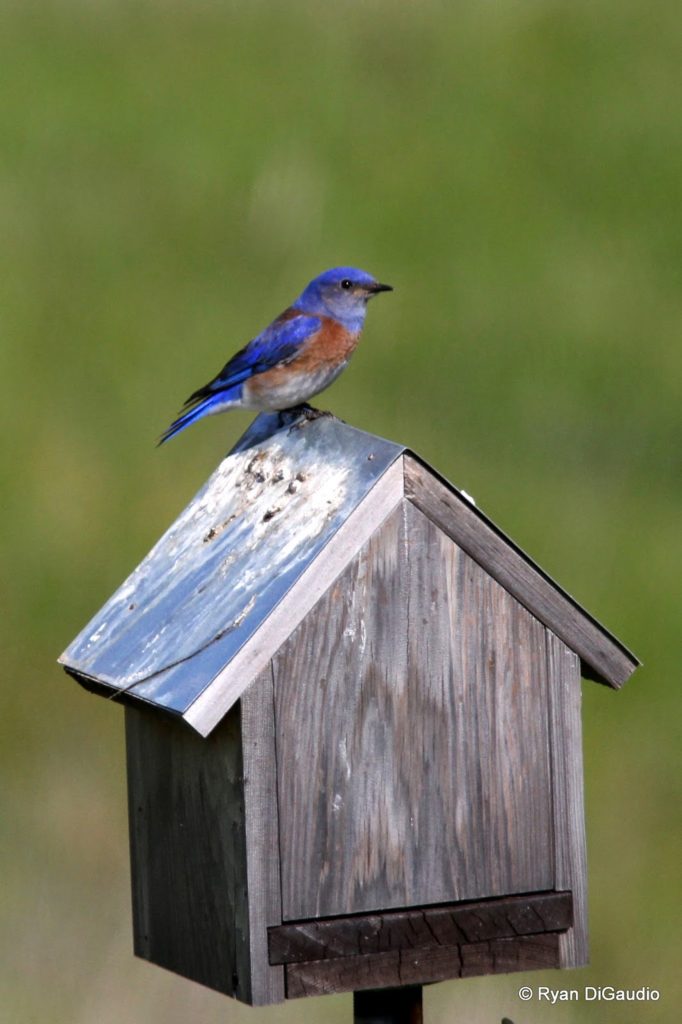As spring unfolds at TomKat and on ranches across California, we are eagerly watching the onset of the breeding season for many species of birds.
Notes from the Field: Managing Rangelands for Secondary Cavity Nesting Birds

 As spring unfolds at TomKat Ranch and on ranches across California, we are eagerly watching the onset of the breeding season for many species of birds. The value that rangelands have for birds and other wildlife is well-known to the ranching community. In California, rangelands are home to over 100 species of breeding birds, and several rangeland ecosystems are considered among the most important breeding bird habitats in North America. Birds also provide important services for rangelands, including dispersing seeds of oak trees and other beneficial plants and controlling insects such as mosquitoes and flies. In this field note, we would like to highlight one particular component of the rangeland bird community: secondary cavity nesting birds.
As spring unfolds at TomKat Ranch and on ranches across California, we are eagerly watching the onset of the breeding season for many species of birds. The value that rangelands have for birds and other wildlife is well-known to the ranching community. In California, rangelands are home to over 100 species of breeding birds, and several rangeland ecosystems are considered among the most important breeding bird habitats in North America. Birds also provide important services for rangelands, including dispersing seeds of oak trees and other beneficial plants and controlling insects such as mosquitoes and flies. In this field note, we would like to highlight one particular component of the rangeland bird community: secondary cavity nesting birds.
In California, rangelands are home to over 100 species of breeding birds, and several rangeland ecosystems are considered among the most important breeding bird habitats in North America.
In contrast to the cup-shaped nests made of plant material that are used by many species of birds, cavity nesting birds build their nests in enclosed spaces like the inside of a large branch or the trunk of a tree. Primary cavity nesting birds, such as woodpeckers, are species that are able to excavate their own cavities. With special adaptations in their skull that enable them to withstand the concussion of drumming into wood, the many species of woodpeckers in California are very capable of creating their nests in both living and dead trees. Secondary cavity nesting birds are not able to create their own nest cavities; instead, they rely on abandoned cavities. In many circumstances, the size of the population of these species is limited by the number of nest cavities that are available to them.
 Many species of secondary cavity nesting birds find their homes in California’s rangelands, including all-star insect eaters like Tree Swallows, Violet Green Swallows, Western Bluebirds, and Ash-throated Flycatchers. Several raptors, such as Barn Owls, Western Screech Owls, and American Kestrels, are also secondary cavity nesters, and can play an important role in rodent control. It has been estimated that a swallow can eat 850 insects in a day and a family of 5 barn owls can eat 1000 rodents in a season!
Many species of secondary cavity nesting birds find their homes in California’s rangelands, including all-star insect eaters like Tree Swallows, Violet Green Swallows, Western Bluebirds, and Ash-throated Flycatchers. Several raptors, such as Barn Owls, Western Screech Owls, and American Kestrels, are also secondary cavity nesters, and can play an important role in rodent control. It has been estimated that a swallow can eat 850 insects in a day and a family of 5 barn owls can eat 1000 rodents in a season!
Given the valuable role that many secondary cavity nesting birds play in rangeland ecosystems, here are a few recommendations to help attract and support secondary cavity nesting bids on your ranch: Manage for a diversity of habitats and leave dead trees standing and dead limbs of otherwise healthy trees when it is safe and possible to do so. There are certainly times when dead and dying trees or limbs need to be removed, such as when they are threatening infrastructure or when fuel loads need to be reduced. But in cases where there is no immediate need to remove these trees, consider leaving them for cavity nesting birds. When natural cavities are not available, consider installing nest boxes to attract and support these beneficial birds to your ranch. Here is a link to one of the many useful information sheets that are available: Being the best nestbox landlord for songbirds in the West. Reach out to local sources such as your local Audubon chapter, NRCS office, RCD or Point Blue biologist for more information and assistance with installing bird boxes. We hope you enjoy watching these birds!